Long time readers of this blog know that I was raised on a diet of science fiction, historical fiction, fantasy, and adventure as a child. It should therefore come as no surprise that I wanted to live in a cave during part of my childhood. But once I read The Time Machine, I developed an irrational fear of morlocks and the I-want-to-live-in-a-cave-phase was over. Even though I never lived in a cave, I know a spot where people have lived – and died in a cave: Boyden Cavern, in Sequoia /Kings Canyon National Park.
As I mentioned before, notwithstanding its other amazing features, Sequoia/Kings Canyon National Parks would have become National Parks because of their caves. While spelunking is allowed in the parks, the easiest caves to visit are the Crystal Cave and Boyden Cavern. While both caves are great examples of karst caves, the similarities end there. Unlike Crystal Cave, Boyden Cavern was originally outside the boundaries of the National Park/Monument system, and was discovered by Putnam Boyden in the late 1800’s.

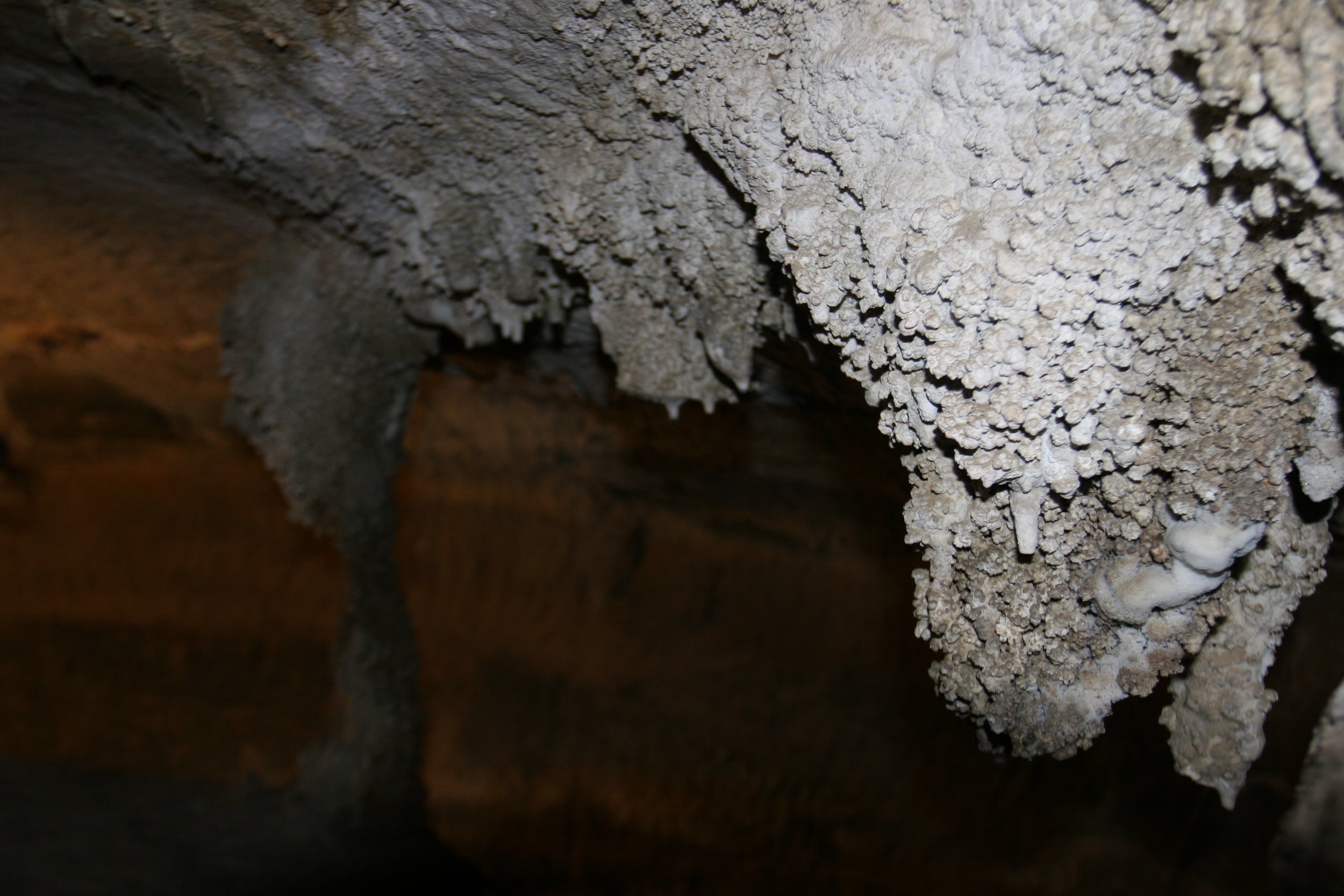
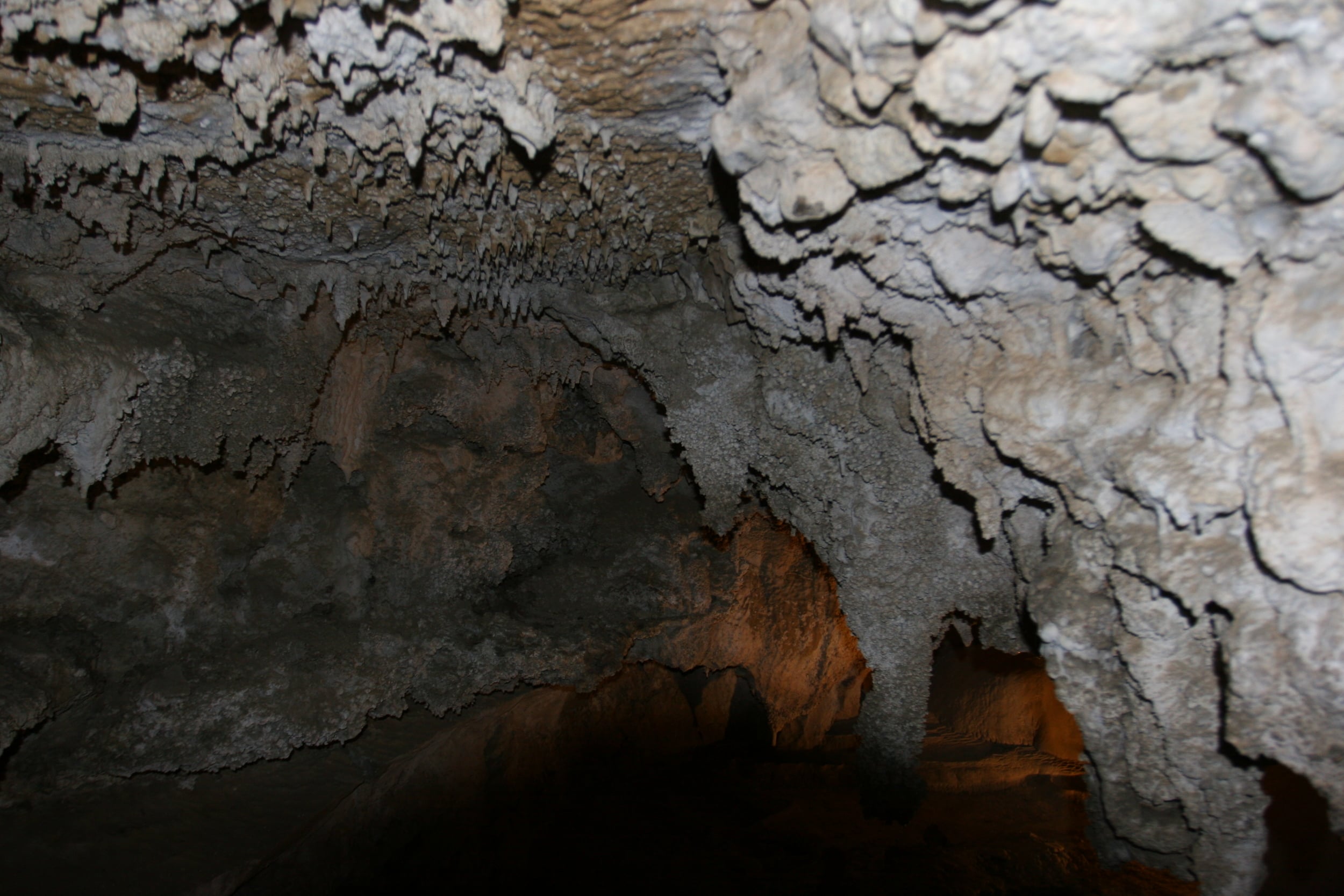


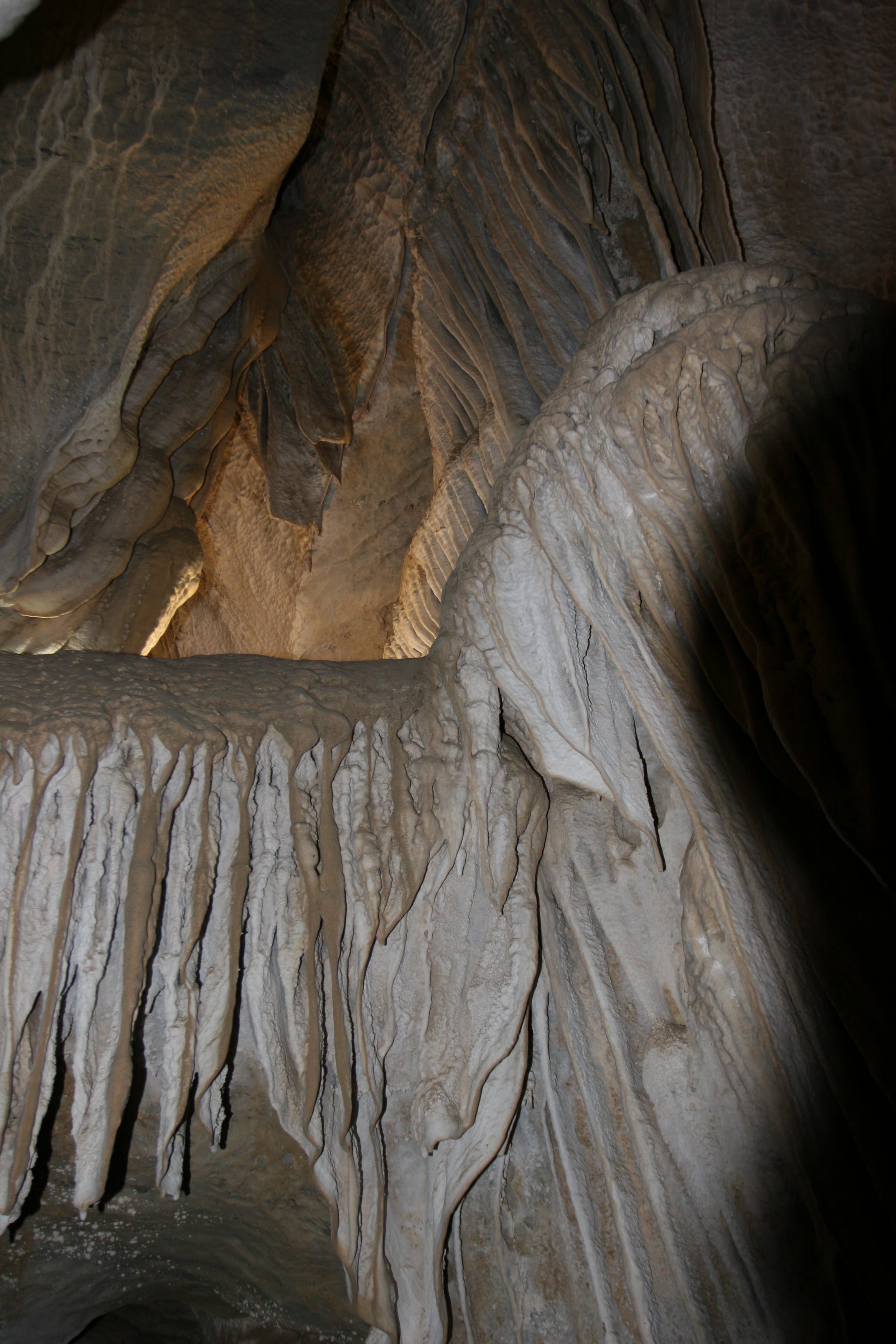
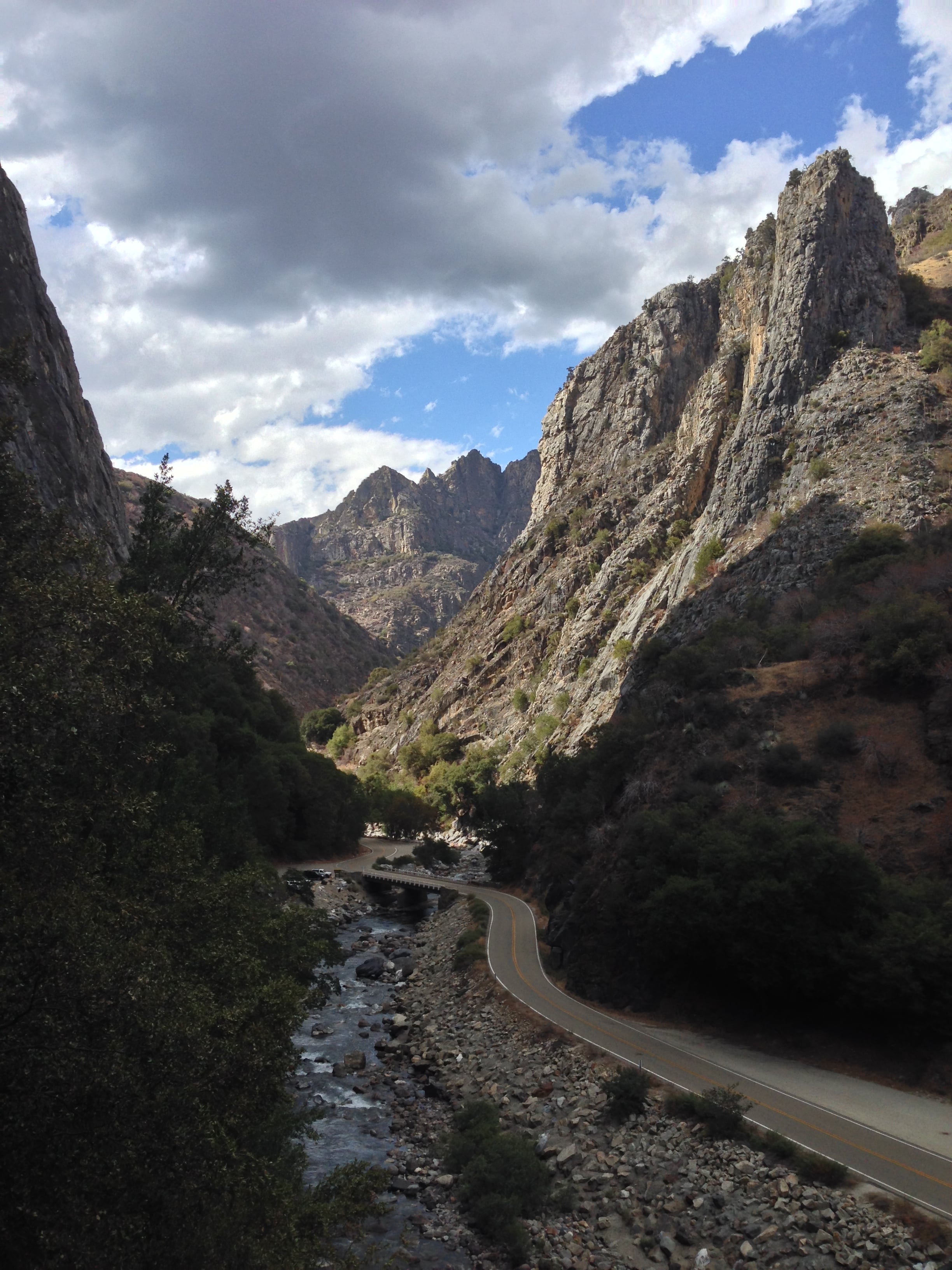
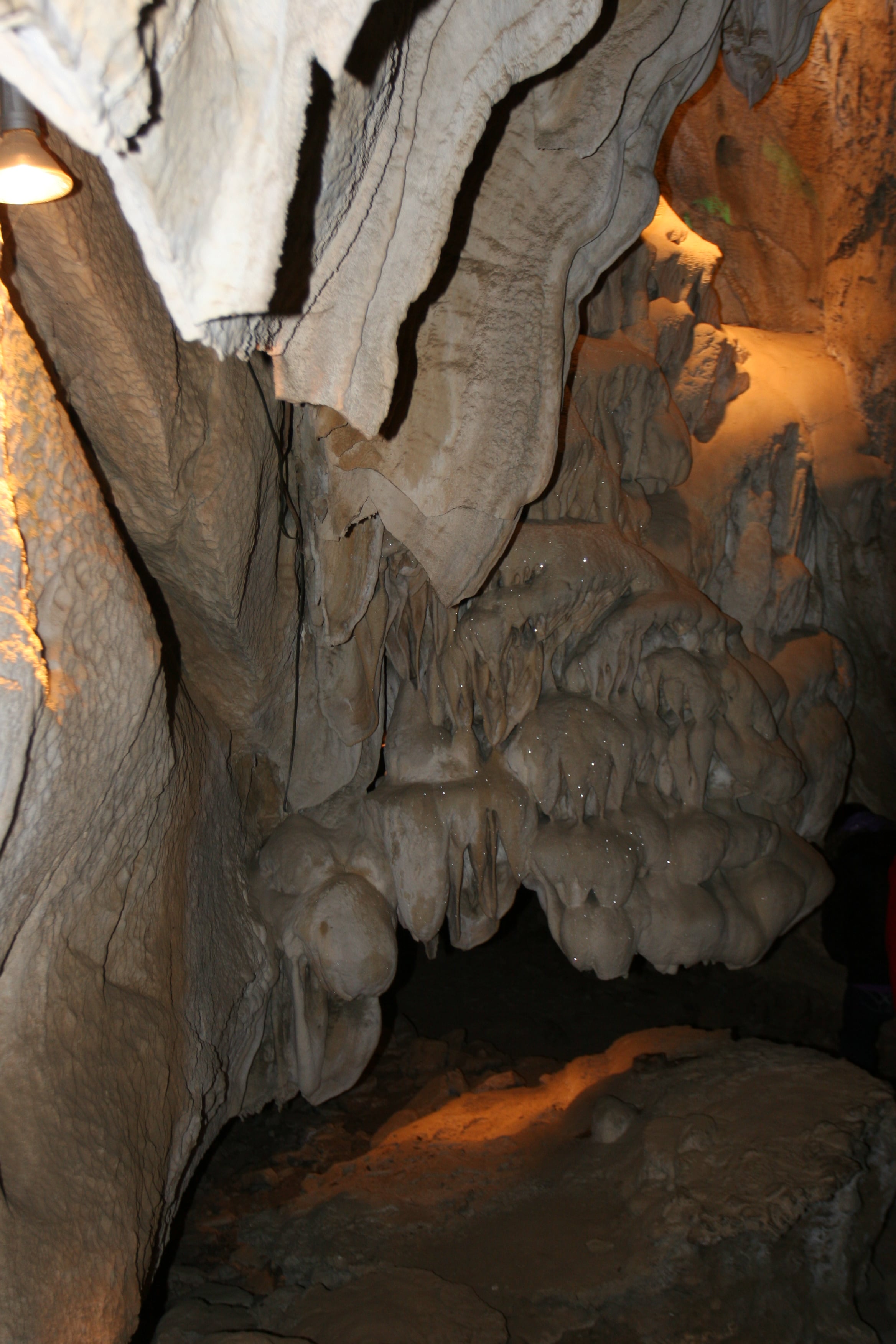
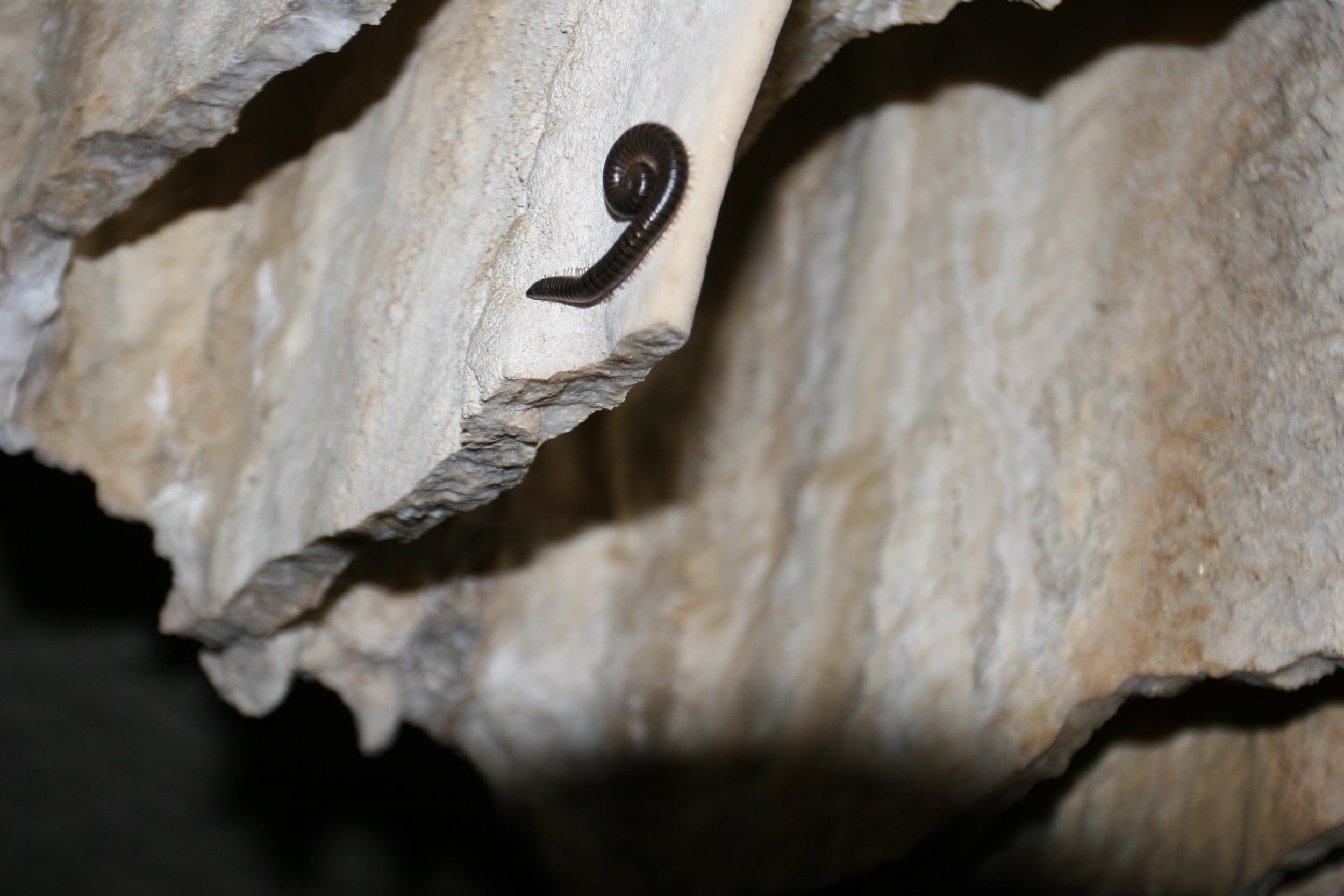
In addition to finding – and claiming the cave, Putnam Boyden was probably the cave’s first human resident. If it sounds strange that someone other than me would want to live in a cave, think about it for a second: the cave has and had a constant temperature year round of around 55-57 degrees. This means that the cave was (and is) warm in the cold Sierra winters; and cool in the hot days of summer. At that time, the cave also had a year-round supply of fresh water from melting snow, which fed a river in the cave (more on this later). All of these amenities were enough to convince not only Putnam Boyden to live in the cave, but also his friend, Denver Church. Both men lived in the cave for a number of years, until Putnam Boyden contracted hypothermia and died in the cave. After his death, the cave eventually passed into government control in 1893, and is now part of the National Park.
I find it fairly interesting that people would chose to live in a cave in the 19th century, especially when both Boyden and Church had to travel long distances to and from their “home” to work. That “modern” history is the second reason I find Boyden Cavern worth visiting. However, there is some sad news about those formations. In the 1930’s, the Civilian Conservation Core (“CCC”) built a number of bridges and ramps into the cave in order that it could be accessible to park visitors. At that time, the concept of “conservation” had a different meaning, and some of the formations were destroyed by the work. The only positive spin I can give you on that is that the work the CCC did do is still used to this day; and if you are interested in WPA era construction, that is a third reason to visit the cave.
Directions/Tours: The cave is located right off of Highway 180, otherwise known as the Kings Canyon Scenic Byway. It is located a short distance from Convict Flat; and it is next to a bridge that is right on the South Fork of the Kings River. While these directions may sound vague, the Cave is very well marked, and impossible to miss. Do note that this is a remote area of the park, and it does take a fair amount of time to drive into this area. Like Crystal Cave, Boyden Cavern is operated by a private company, which runs tours on an hourly basis from mid-May to mid-September; weather permitting (more info here). Like Crystal Cave, the tour is informative, and per the company’s website, “not that strenuous”, an assessment I agree with. Unlike Crystal Cave, the tours are not as busy, because of the cave’s location in the park.
Tips and Other Information: As I mentioned above, Boyden Cavern is like Crystal Cave, and is always around 55-57 degrees in temperature, so you will want to dress accordingly. There is also a slight hike to reach the cave that ascends a little bit of distance, but rewards you with great views of Kings Canyon and the Kings River below. I’ve visited the cave twice – once in the 1980’s; and this year. Back in the 1980’s, the cavern still had a river flowing through it as it did in Boyden’s time. But as of 2013, the river, which has been fed by seasonal melt, has dried up. It remains to be seen it this is an aberration for 2013, or something that will continue into the future, but it is something that will affect the cave on a going forward basis. Finally, people always want to know which cave – the Crystal Cave or Boyden Cavern is better; and which cave they should visit. My answer: both. If you have time constraints, I have to give the Crystal Cave a slight nod because fewer of its features have been damaged by man, even though I find the history around Boyden Cavern to be the more interesting of the two.
